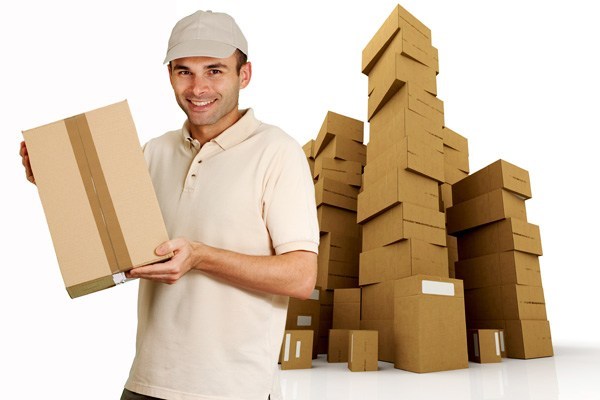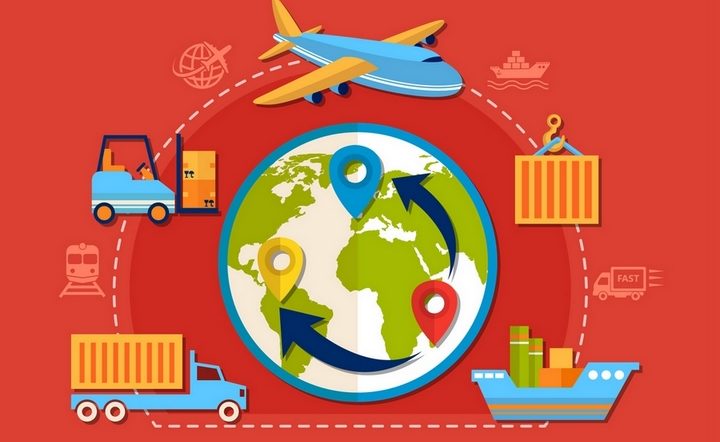The Customs Clearance Process
1. The customs officer will look at the paperwork for your shipment. All international shipments need to have a commercial invoice. This document will list both the shipper and the receiver’s contact information, in addition to shipment details such as export date and airway bill number.
More importantly, the invoice will have a description of the item and it’s total value.
2. The customs officer will see if any taxes and duties apply to your shipment. This will depend on the type of goods, their value, and the laws of the importing country. If it’s determined that the value of the goods are above the tax threshold, then the officer will check whether these taxes and duties have been paid for.
3. Customs will request payment of taxes and duties, if they haven’t been paid.This is where the option of DDU (Deliver Duty Unpaid) and DDP (Deliver Duty Paid) comes into effect.
If a shipment is marked as DDP, this means that payment of the taxes and duties have already been paid for. Some express couriers have their own customs brokers who can process this payment for you, and they offer these services at a fixed price when you pay for your label.
However, if the shipment is marked as DDU, customs will forward the package to an independent customs broker to collect the required amount.
This is where it can get very expensive, as all brokers are independent and each charge a different fee structure. Different fees such as brokerage, storage, and late payment fees may apply, making it impossible to tell the customer what their final amount will be.
Here’s a comparison of possible charges you can expect when shipping DDP vs shipping DDU:




Leave a Comment